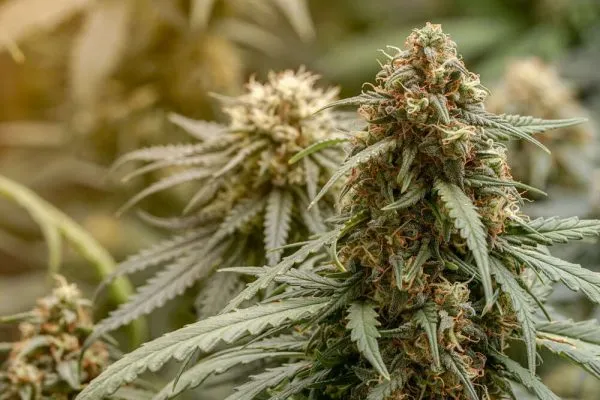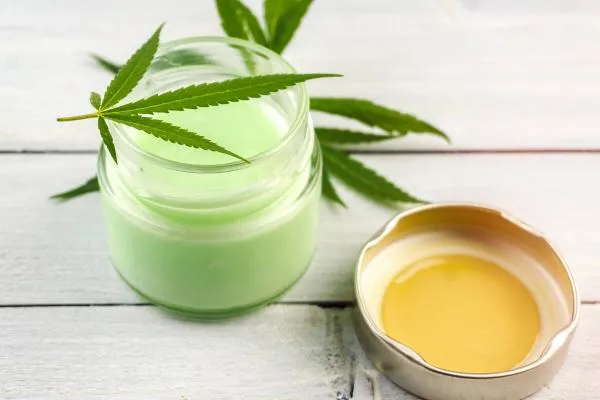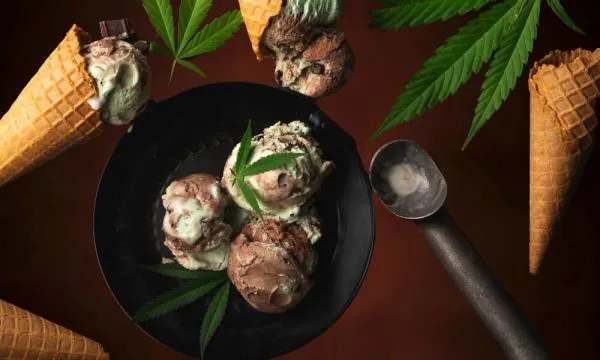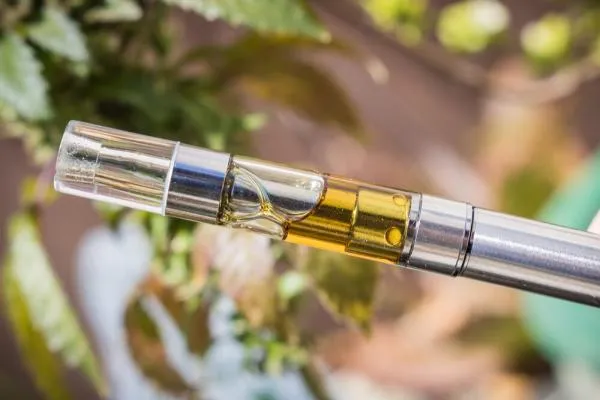Have you ever wondered about the roots of cannabis and how some strains have stood the test of time? Heirloom cannabis strains are like the family heirlooms of the cannabis world—classic, pure, and rich in history. These strains offer a glimpse into the past, untainted by modern hybridization and celebrated for their unique flavors, effects, and cultural significance. Whether you're a seasoned grower or just diving into cannabis culture, exploring heirloom strains is like unlocking a treasure chest of tradition and authenticity. Let’s dive into what makes these strains so special, why they matter, and how they continue to influence the cannabis world today.
Understanding heirloom cannabis strains
Heirloom cannabis strains are the OGs of the cannabis world—classic varieties that have been cultivated and passed down without modern hybridization. Think of them as the vintage records in your collection, untouched and authentic. These strains are typically grown in their native regions or adapted to similar environments elsewhere. They’re treasured for their purity, unique terpene profiles, and cultural significance.
Definition and characteristics of heirloom strains
An heirloom cannabis strain is a plant variety preserved through generations, often outside its original homeland. It’s kept pure by avoiding crossbreeding with modern hybrids. You’ll recognize heirlooms by their stable genetics, consistent growth traits, and distinct aroma and flavor profiles. Basically, they’re the cannabis equivalent of a family recipe—classic, reliable, and packed with personality.
Distinction between heirloom and landrace strains
Landrace strains are the ancestors of heirlooms. They’re indigenous to specific regions, evolving naturally over centuries without human intervention. Heirlooms, on the other hand, are landraces that have been preserved and cultivated by humans, often in new locations. While landraces are purest to their native origins, heirlooms represent the effort to carry those genetics forward.
Importance of preserving heirloom genetics
Preserving heirloom genetics is like safeguarding a piece of history. These strains hold the key to cannabis diversity, offering unique flavors, effects, and resilience traits. They’re also a genetic treasure chest for breeding programs, helping modern growers develop strains with richer terpene profiles or greater disease resistance. Without them, we risk losing the roots of cannabis culture.
Historical context of heirloom cannabis
Heirloom cannabis has a rich backstory, spanning continents and cultures. These strains tell the story of human migration, adaptation, and ingenuity.
Origins and early cultivation practices
Heirloom strains often trace their roots to landraces found in regions like Central America, Southeast Asia, or the Middle East. Farmers who fell in love with these plants carried seeds to new locations, adapting their cultivation techniques to different climates. The result? Strains that reflect both their origins and their adopted homes.
The role of the hippie trail in dissemination
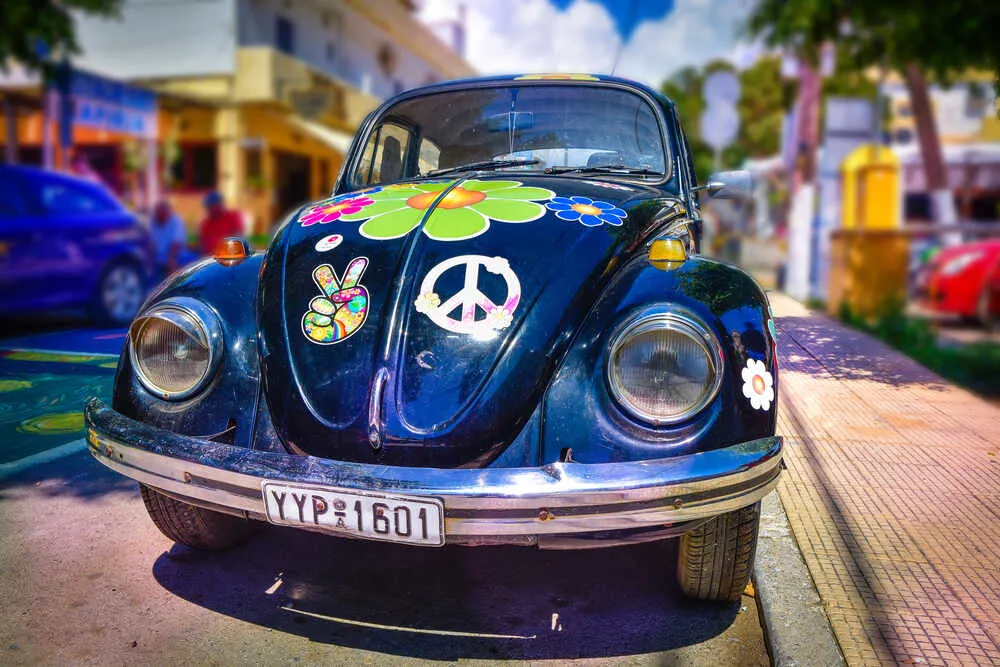
The hippie trail of the 1960s and 70s—a popular overland route from Europe to Asia—was a major player in spreading cannabis genetics worldwide. Adventurous travelers returned home with seeds from exotic places like Afghanistan, Thailand, and Colombia, giving rise to the heirloom strains we cherish today.
Evolution of heirloom strains over time
As these strains traveled, they adapted to their new environments. Heirlooms grown in California or Hawaii, for instance, took on unique traits due to the climate and soil. Over time, these plants retained the essence of their landrace origins while developing distinct identities of their own.
Cultivation and breeding of heirloom strains
Growing heirloom strains is rewarding, but it comes with its own set of challenges. Here’s what you need to know to get started.
Challenges in growing heirloom varieties
Heirloom strains aren’t always easy to grow. They’re less uniform than hybrids, meaning you might see variations in size, flowering time, or yield. Plus, they can be more sensitive to pests and diseases. But hey, that’s part of their charm, right?
Techniques for maintaining genetic purity
To keep heirloom strains true to their origins, avoid cross-pollination. Grow them in isolated areas and monitor for any accidental mixing with modern hybrids. Saving seeds from the healthiest plants each season also helps preserve their purity.
Integrating heirloom strains into modern breeding programs
Heirloom strains are gold mines for breeders. Their stable genetics and unique traits make them ideal for creating new hybrids. By carefully integrating them into breeding programs, growers can develop plants with the best of both worlds—modern efficiency and classic appeal.
Benefits and uses of heirloom cannabis
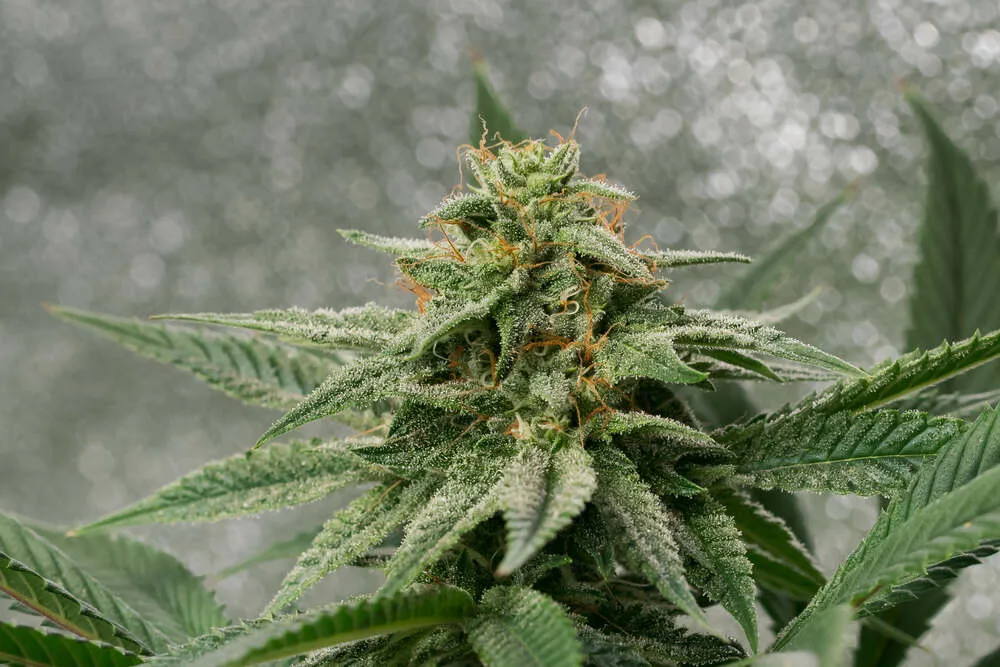
Heirloom strains aren’t just for the history books—they’re highly valued for their unique properties and versatile applications.
Unique terpene profiles and flavors
These strains are a flavor lover’s dream. Heirlooms often boast complex terpene profiles, delivering aromas and tastes that range from earthy and spicy to sweet and citrusy. They’re the craft beer of the cannabis world.
Medicinal properties and applications
Heirloom strains offer more than just good vibes. Many are rich in cannabinoids and terpenes that provide therapeutic benefits, from pain relief to stress reduction. They’re a natural choice for holistic health enthusiasts.
Cultural and historical significance
Each heirloom strain carries a story, connecting us to the traditions and cultures that nurtured it. By enjoying these strains, you’re participating in a legacy that spans generations and continents.
Challenges in preserving heirloom strains
Keeping heirloom strains alive isn’t easy, but it’s a fight worth fighting. Here’s why preservation matters and what’s standing in the way.
Threats from modern hybridization
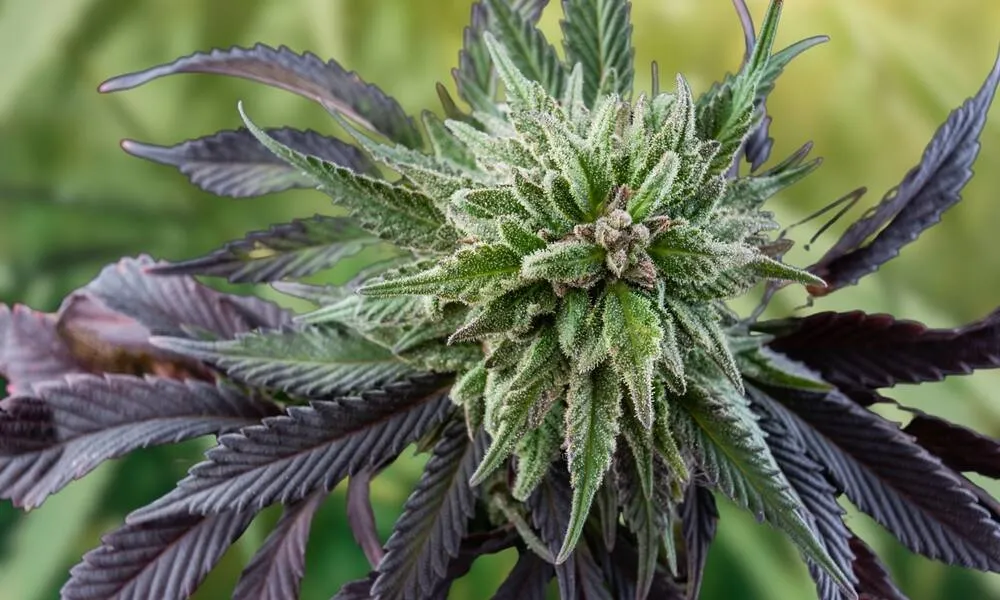
The rise of hybrids means heirlooms are often pushed aside. Cross-pollination with hybrids can dilute their genetics, making it harder to find true heirlooms. It’s like trying to preserve a rare species in a forest full of invaders.
Legal and regulatory hurdles
Cannabis laws can be a pain, especially when it comes to growing and trading heirloom strains. Strict regulations in some regions make it challenging to preserve these plants on a large scale.
Efforts by seed banks and preservationists
Luckily, dedicated seed banks and cannabis enthusiasts are stepping up to protect heirlooms. By collecting and storing seeds, they’re ensuring future generations can enjoy these iconic strains. It’s a labor of love that benefits us all.
FAQs:
What defines a cannabis strain as heirloom?
An heirloom cannabis strain is defined by its pure genetics, preserved over generations without modern hybridization. These strains often originate from landraces and are cultivated for their unique traits, such as distinct flavors, effects, and adaptability.
How do heirloom strains differ from landrace strains?
Heirloom strains are cultivated landrace varieties grown outside their native regions. Landraces evolve naturally in their original habitats, while heirlooms are preserved by human cultivation, often adapting to new environments.
Why are heirloom cannabis strains important to preserve?
Heirloom strains are vital for cannabis diversity, offering unique genetics, flavors, and resilience. Preserving them maintains the heritage and potential for breeding future strains with desirable traits.
Can heirloom strains be grown successfully by novice cultivators?
Yes, but heirloom strains require attention to detail. They’re less forgiving than hybrids, needing proper care to thrive. With the right environment and commitment, beginners can still enjoy cultivating these historic plants.
Where can one obtain seeds of heirloom cannabis strains?
Seeds of heirloom strains are often available through specialized seed banks and preservation groups. These organizations focus on maintaining genetic purity and making heirlooms accessible to enthusiasts.
